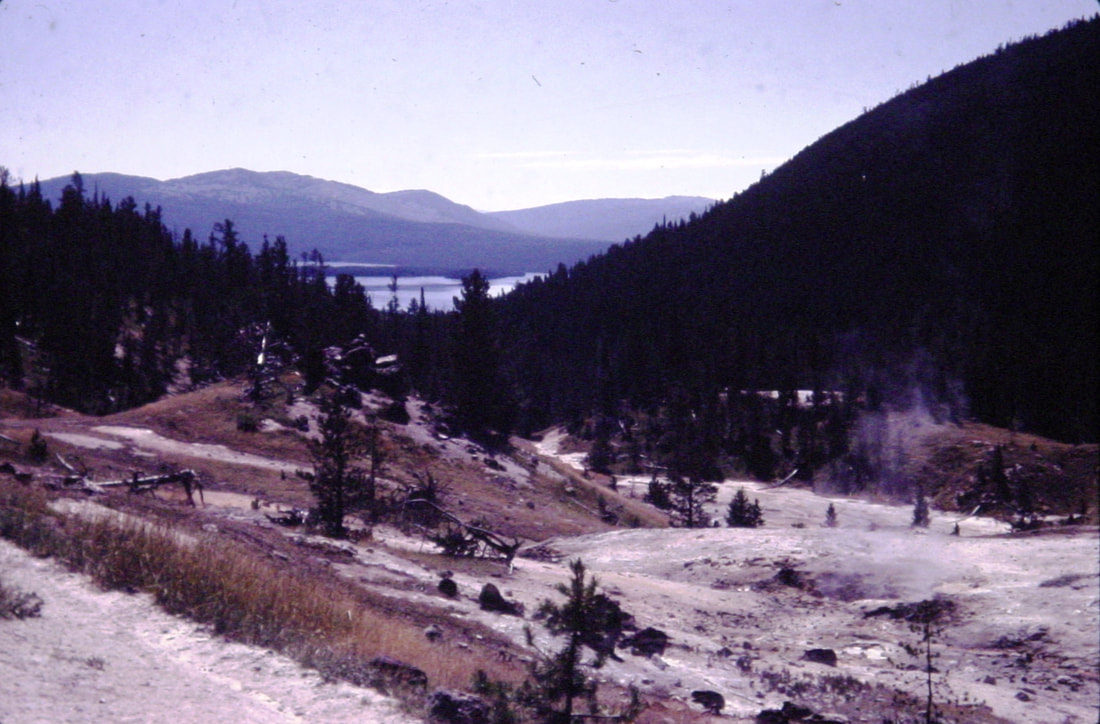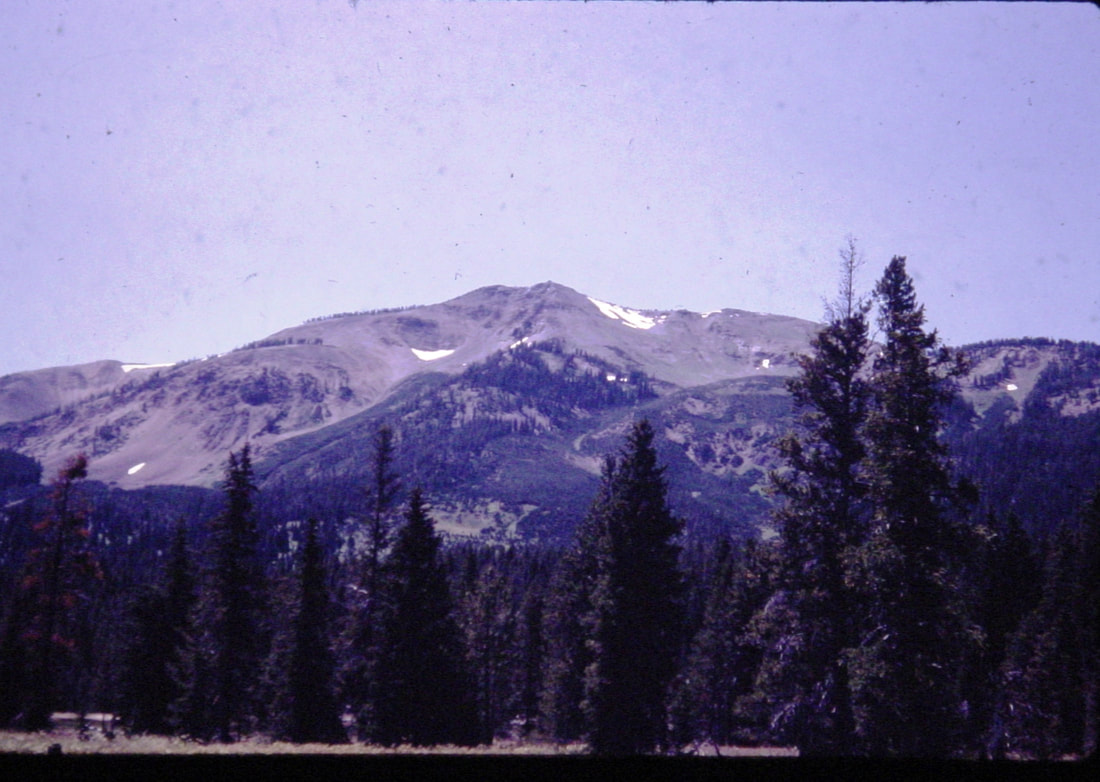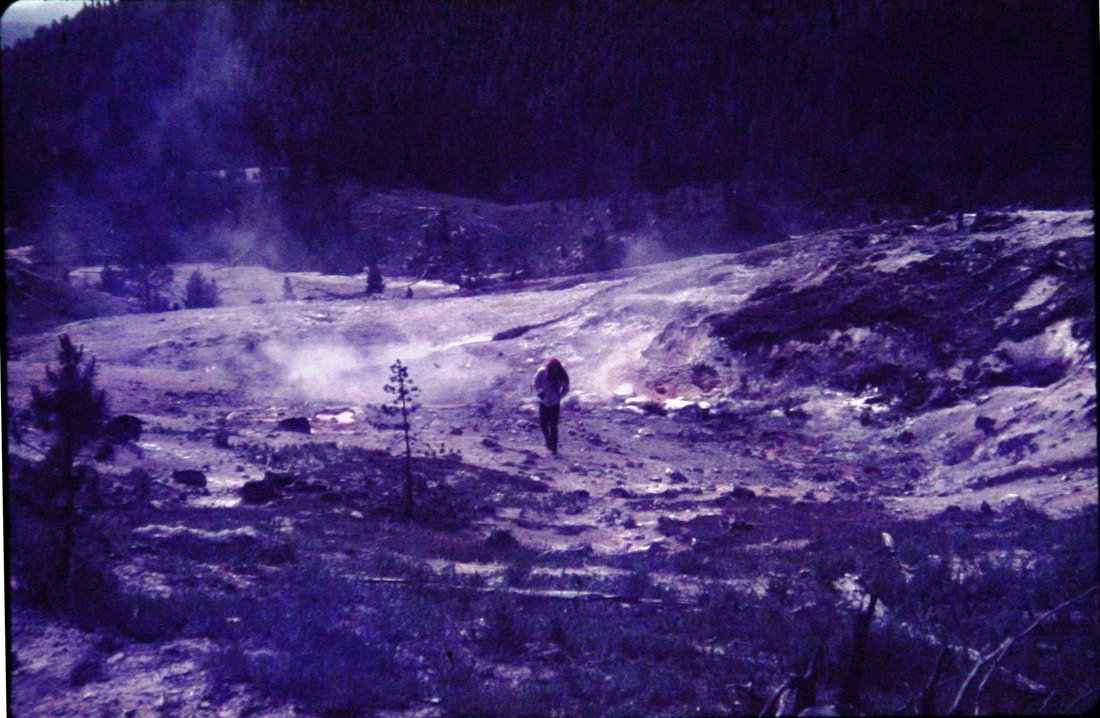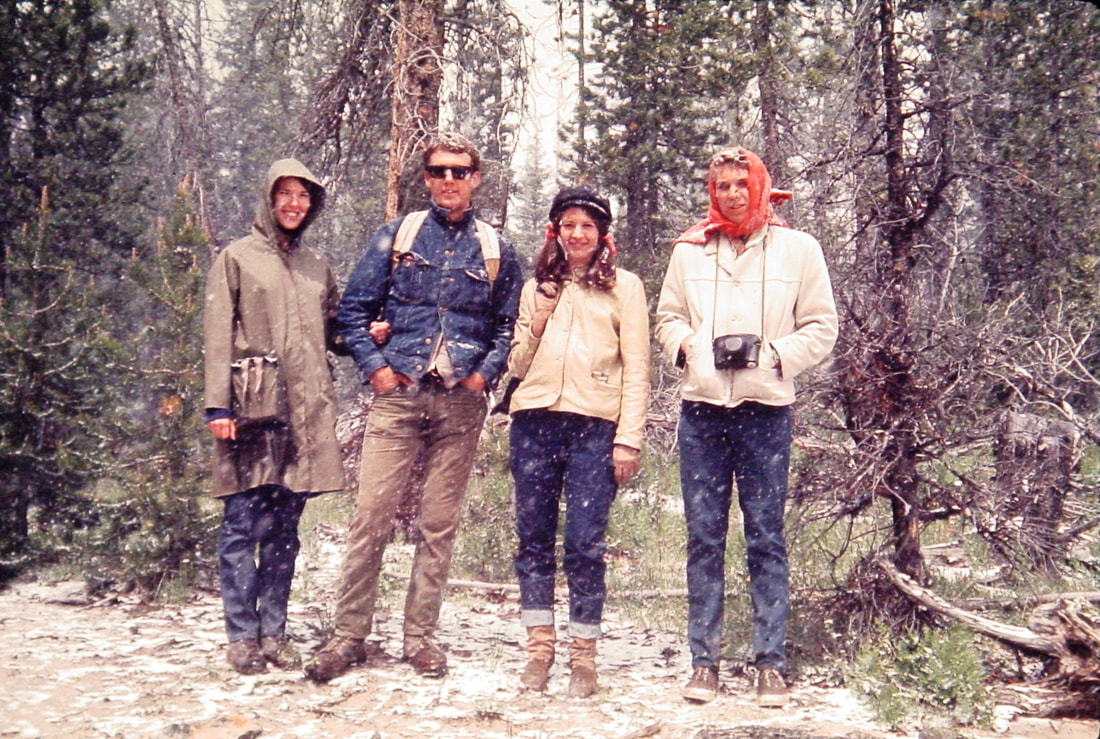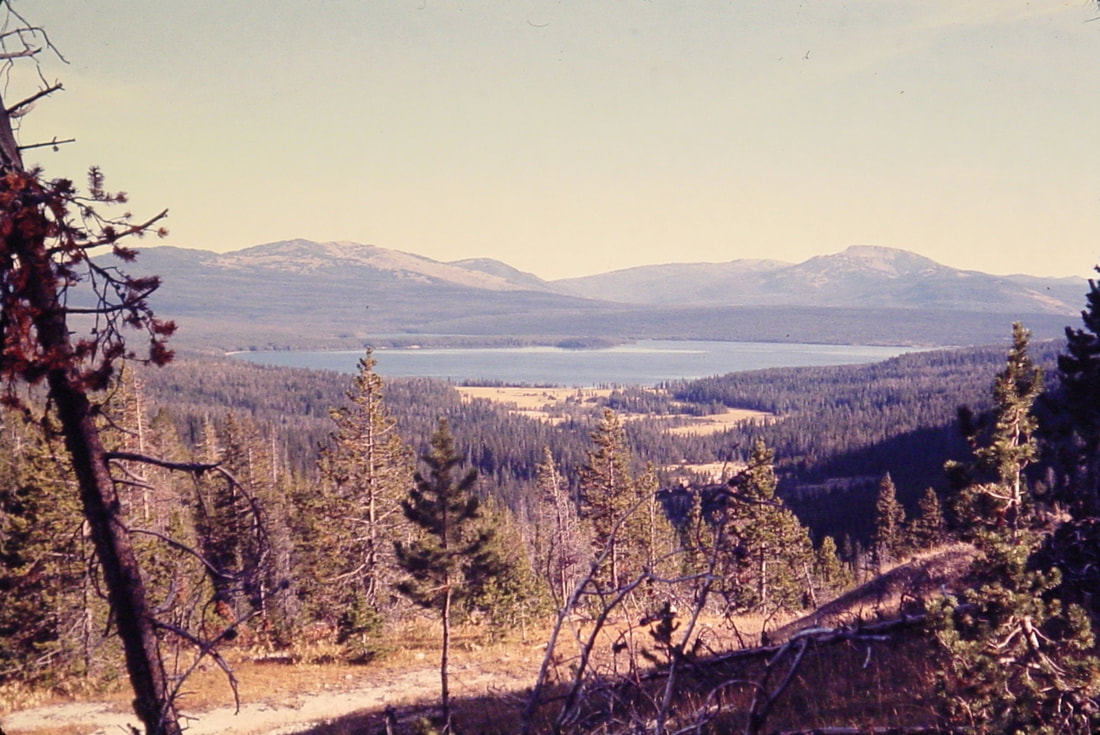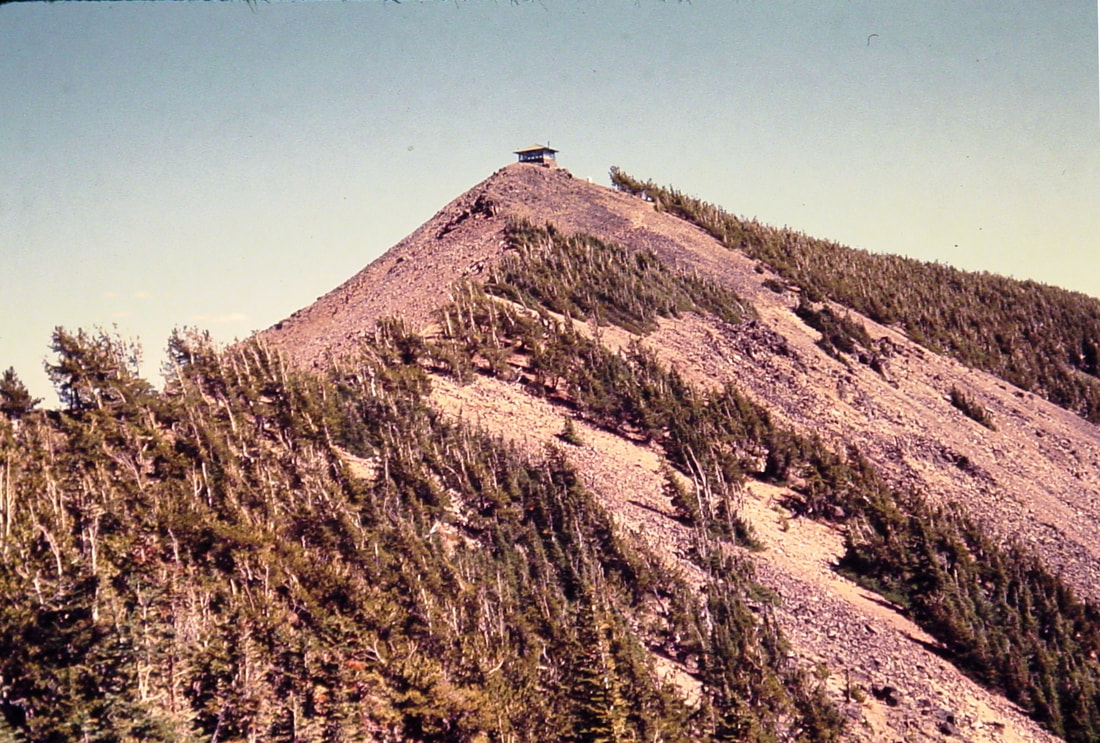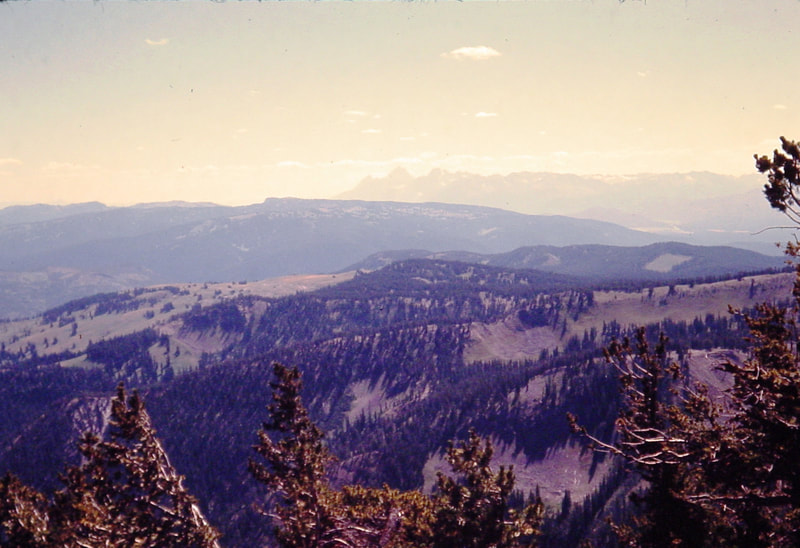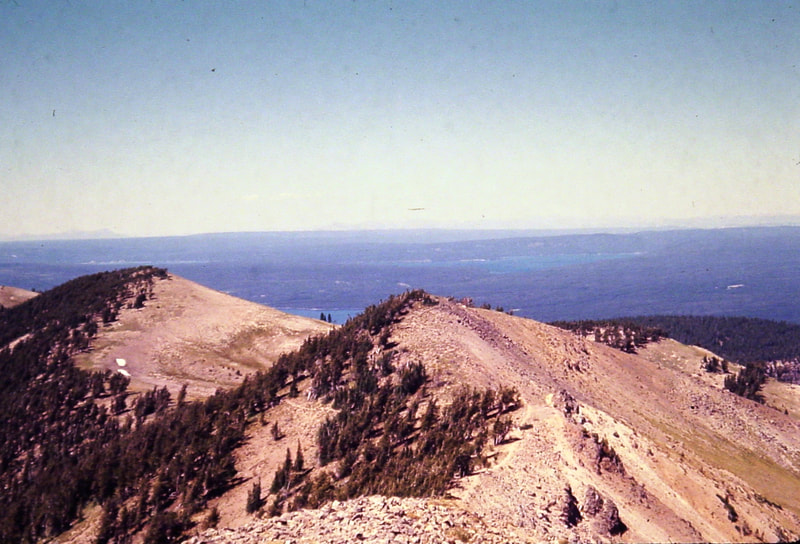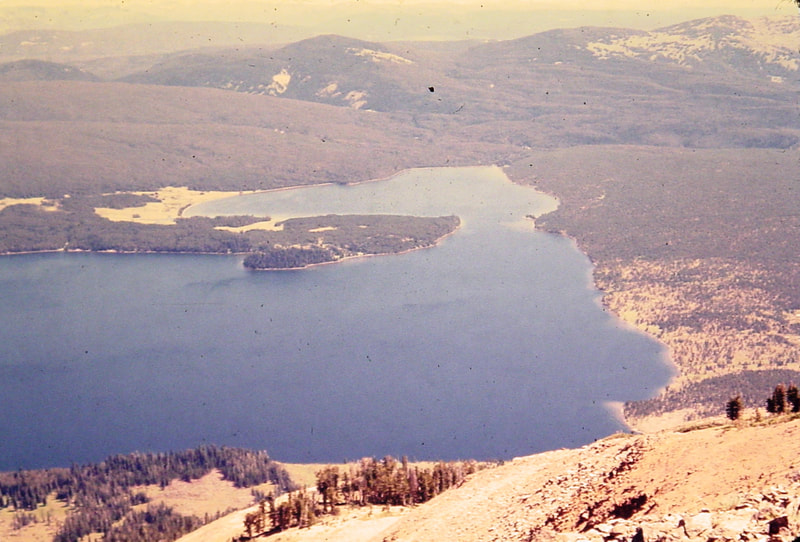|
By JOE CARTWRIGHT
Special to North Palm Beach Life Photos by Joe Cartwright Heart Lake has been one of my favorite medium-hike destinations for years. This back country lake covers about 2100 acres of Yellowstone wilderness. As late as the 1930’s, a rough road led about 7 – 8 miles from the main highway to the lake. I knew a barber who worked summers at Old Faithful Lodge who had driven this road shortly before it was closed to the public. I asked him once about the road and he would only reply, “HORRIBLE!” On my first hike to the lake, I could still see the original galvanized iron culverts over creeks, as the trail followed the old road bed. A year or two later, the Park Service had rerouted the trail, following a new route in to the lake. At 7.4 miles now, the “new” trail – actually 50 years old now – is still about the same distance as the previous one. The lake itself is a beautiful sight, ringed by hills and mountains; the first view that hikers get is when the trail passes Heart Lake Geyser Basin. Most of the trail into Heart Lake is a very slow climb, going through lodgepole pine forest – in other words, pretty boring. About 2 miles from the lake, two things change: You get your first glimpse of Heart Lake, and you hike past the Heart Lake Geyser Basin, a back county basin with no safety boardwalks or signs to point out danger spots. Exploring the springs and other features is best done cautiously. The bones of animals in the hot pools demonstrate the penalty of a lack of caution. The basin stretches all along Witch Creek, almost all the way to the lake. The Continental Divide Trail continues past the patrol cabin, and deeper into Yellowstone wilderness. The Heart Lake Ranger Station was staffed during the summers with at least one ranger for many years. Now, it’s just the Heart Lake Patrol Cabin and it’s not usually staffed. Also, telephone wires were laid to many of Yellowstone’s back county locations. One year I hiked into Heart Lake with a Mountain Bell lineman who was laying (literally) a new line along the ground. First, he was laying the line to Heart Lake Ranger Station, then on to Mount Sheridan Fire Lookout, another 3 miles beyond the ranger station. He told me that the insulation used on the lines was known as grizzly-nip, for its catnip effect on the local grizzly bears. I asked about running the lines on telephone poles, but he said that trying to run miles of telephone poles through wilderness areas was cost-prohibitive; it was cheaper to just lay new lines every spring or summer. In the years since, radio communications have replaced the back country telephones. On my first hike to the lake, I carried in a couple of beers for refreshment. We didn’t make much money working in the Park, so our beverage of necessity was Brown Derby Beer – selling for 69 cents a six-pack. Even way back then, that was cheap. As soon as I got to the lake, I put the two beers into the icy lake waters. When the cans had been in the frigid waters for a short time, I opened one and took a thirsty gulp. At that point I decided that the beer was actually overpriced. On my second visit, the next summer, I hiked in with two co-workers. The weather was cloudy and cold on that late-June day. When we got to the lake, we met the ranger on duty, and found out that he was rotating out that day and hiking out with his wife. The weather got worse and we hiked out that afternoon in a driving snow storm. After a short time hiking in the snow storm, I found that I had the only working camera. All the others had frozen up. From the lake shore it’s a very steep 3-mile hike up Mount Sheridan to the fire lookout on top. The 360-degree view from the top is worth a long, long hike, though. The lookout cabin is perched on the knife-edge summit: A steep drop on the north, south, and west faces of the mountain, with an almost sheer drop to the lake on the east side. The unobstructed view is awesome: We couldn’t stay at the summit very long the day I was there – we still had a rough 11-mile hike back to the trail head before our day was over. |
LEFT: Looking south from lookout -- Grand Tetons on the horizon; (Center) looking west from Mount Sheridan
and (Right), looking east, with Heart Lake below Mount Sheridan.
and (Right), looking east, with Heart Lake below Mount Sheridan.
